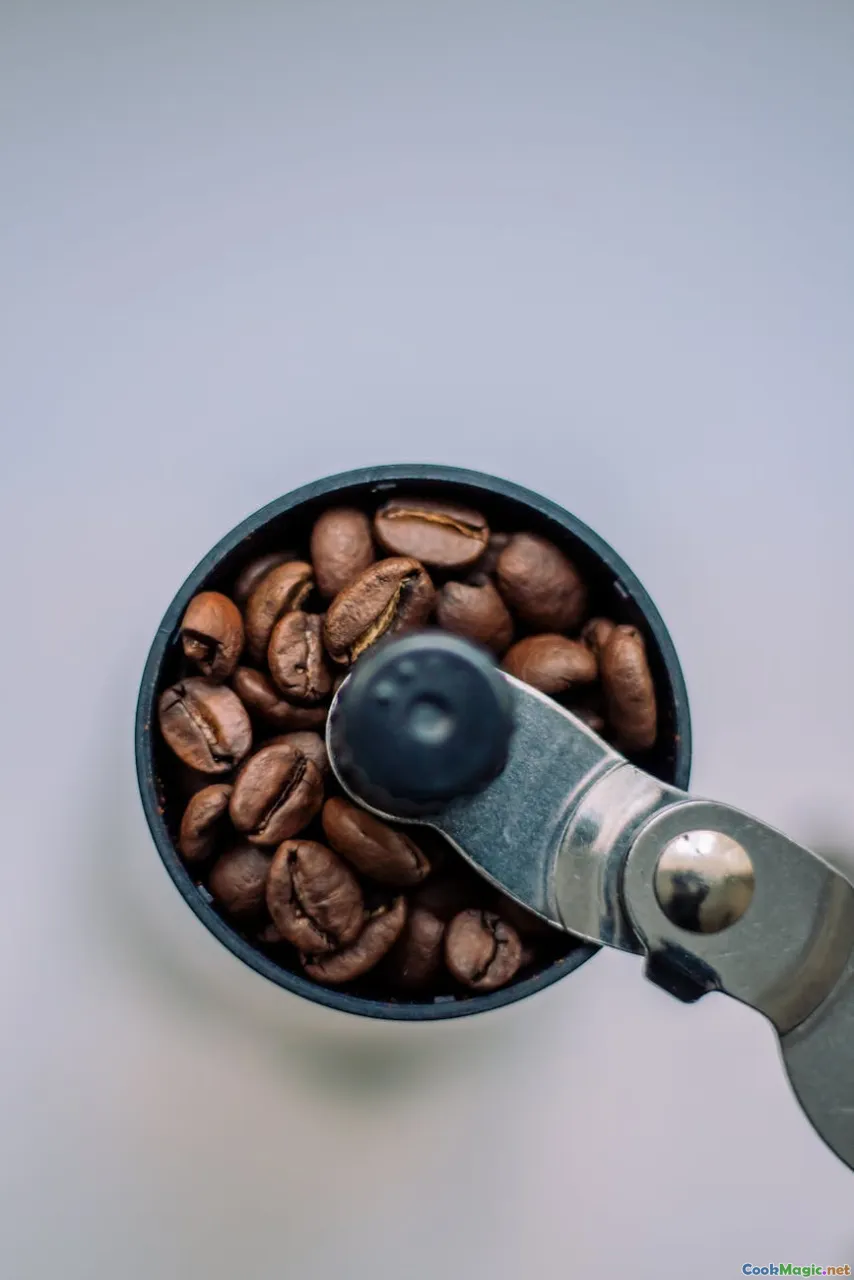Building Layers in Traditional Coq au Vin
8 min read Discover the art of building depth and flavor in traditional Coq au Vin through meticulous layering techniques that elevate this classic French dish. April 28, 2025 21:00
Building Layers in Traditional Coq au Vin
Imagine a dish so rich in history, so deeply embedded in the soul of French culinary tradition, that every spoonful tells a story of patience, precision, and passion. Coq au Vin—literally "rooster in wine"—is more than just a rustic stew; it's a symphony of flavors layered with care, reflecting centuries of French savoir-faire. But behind its humble appearance lies a meticulous process of building complex, harmonious layers that elevate it from simple comfort food to an art form. Today, we delve into the nuanced craft of constructing those layers, revealing how each step contributes to a culinary masterpiece.
The Cultural and Historical Tapestry of Coq au Vin
Before exploring the technique, it’s essential to appreciate the cultural roots of Coq au Vin. Originating from rural France—particularly Burgundy—this dish embodies the resourcefulness of French peasantry, transforming tough, aging poultry into a delicacy through slow braising and flavor-building. Historically, it was a dish that celebrated patience and local ingredients, often prepared during harvest festivals or family gatherings.
The dish’s evolution mirrors French societal shifts: from humble peasant fare to haute cuisine, thanks in part to legendary French chefs like Julia Child, who popularized it internationally. Its enduring appeal lies in its ability to marry simple ingredients—chicken or rooster, wine, vegetables—into a layered tapestry of taste.
The Philosophy of Layering in French Cooking
Layering in French cuisine isn’t merely about stacking flavors; it’s about creating depth, balance, and harmony. Each ingredient, each step, contributes to a cumulative crescendo. For Coq au Vin, this begins with foundational flavors, advances through careful seasoning, and culminates in a symphony of tender meat immersed in a deeply flavored, aromatic sauce.
Step-by-Step: Building the Layers in Coq au Vin
1. The Marinade: Laying the Foundation
The process begins with marinating the chicken or rooster in wine—preferably Burgundy or a similar robust red—augmented with herbs like thyme, bay leaves, and garlic. This initial step isn't just about tenderizing; it infuses the meat with aromatic complexity and acidity that will harmonize with subsequent layers.
Tip: Use a good-quality wine that you'd enjoy drinking; it makes all the difference.
2. The Searing: Developing Depth
After marinating, the meat is patted dry and seared until golden-brown, creating a Maillard reaction that adds a rich, nutty flavor. This step is crucial for developing a savory crust that forms the backbone of the dish’s flavor profile.
Sensory detail: The aroma of caramelized chicken mingling with wine and herbs fills the kitchen, promising layers of taste to come.
3. Building the Aromatic Base
Next, diced onions, carrots, and celery—the "mirepoix"—are sautéed until translucent and fragrant. These vegetables add sweetness, depth, and a subtle earthiness, forming the aromatic bed that supports the meat.
Personal insight: I always take my time here, allowing the vegetables to soften slowly, releasing their sugars and building a sweet, savory base.
4. Deglazing and the Wine Reduction
Deglazing the pan with a splash of wine loosens the caramelized bits—"fond"—adding concentrated flavor. The wine is then reduced slightly, intensifying its richness.
Why it matters: This step ensures that the wine’s acidity and fruitiness are concentrated, providing a vibrant layer that balances the richness of the meat.
5. The Stewing Process: Slow, Gentle Braising
The seared meat, along with the aromatic vegetables and wine, is returned to the pot. Additional ingredients like mushrooms, pearl onions, and sometimes pancetta are added. The dish is then simmered gently for 2 to 3 hours.
Technique tip: Low and slow is the key—this slow braising allows the flavors to meld, and the meat to become melt-in-your-mouth tender.
6. The Final Flourish: Thickening and Seasoning
Towards the end of cooking, a liaison of butter and flour or a splash of cream may be added to thicken the sauce slightly, giving it a luxurious, velvety texture.
Refinement: This finishing touch amplifies the sauce’s richness without overpowering it—another carefully crafted layer in the flavor hierarchy.
Sensory Experience: The Art of Taste and Aroma
When done correctly, Coq au Vin offers a sensory journey: the tender, fall-off-the-bone chicken enveloped in a sauce that’s both robust and nuanced. The aroma is intoxicating—notes of red wine, roasted garlic, earthy mushrooms, and caramelized vegetables intertwine, inviting you to savor each bite.
Visually, the dish boasts a deep, ruby hue, accentuated by the glossy sheen of the sauce. The textures range from the silky sauce to the succulent meat and tender vegetables—each layer contributing a unique mouthfeel.
Personal Reflection: Why Layering Matters
In my own culinary journey, mastering the art of layering in Coq au Vin transformed my approach to cooking. It’s not just about following a recipe but about understanding how each ingredient and step builds upon the previous. This patience pays off in a dish that’s complex yet harmonious—a true testament to French culinary artistry.
Every time I prepare Coq au Vin, I’m reminded that great flavor is an orchestration—each layer meticulously crafted, then allowed to meld. The result is a dish that comforted my family for generations and continues to inspire me to seek depth and authenticity in every meal.
Conclusion: Embrace the Art of Building Layers
Building layers in Coq au Vin is a culinary dance—each step adding a new note, a new dimension. It’s a celebration of patience, technique, and tradition. By understanding and respecting each layer’s role, you can elevate this humble dish to something truly extraordinary.
So, the next time you simmer that chicken in wine, remember: you’re not just making a stew; you’re crafting a layered masterpiece that echoes centuries of French culinary excellence. Bon appétit!









